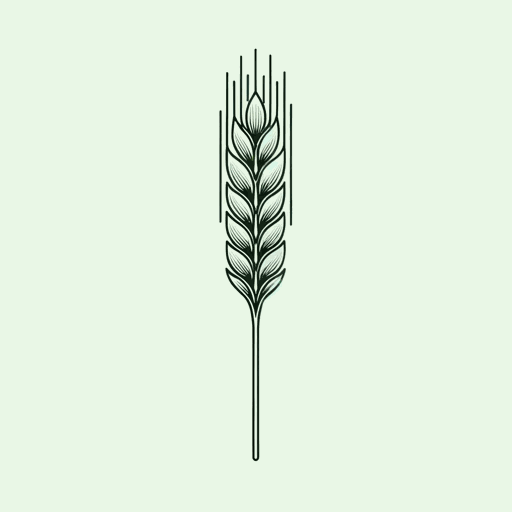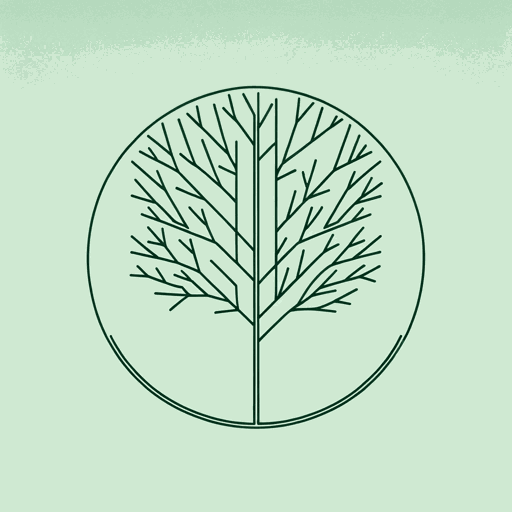79 pages • 2 hours read
Jared DiamondGuns, Germs, and Steel
Nonfiction | Book | Adult | Published in 1997A modern alternative to SparkNotes and CliffsNotes, SuperSummary offers high-quality Study Guides with detailed chapter summaries and analysis of major themes, characters, and more.
Part 4, Chapters 15-17Chapter Summaries & Analyses
Part 4: "Around the World in Four Chapters"
Chapter 15 Summary: “Yali’s People”
In this chapter, Diamond discusses Australia and New Guinea, explaining that Australia is the world’s driest, flattest, most infertile, and climatically most unpredictable continent. Home to the most distinctive human societies, it was the last continent Europeans conquered. Did the distinctiveness of Australia’s environment lead to its distinctive societies?
Native Australian societies are often regarded as “backward”; indeed, less cultural change accumulated in Australia over the last 13,000 years than in any other continent. However, Native Australians developed some of the earliest known stone tools, the earliest watercraft, and some of the oldest paintings found on rock surfaces. It may even be that anatomically modern humans settled Australia before they settled Western Europe. Australians would therefore seem to have had a head start, so it is curious that Europeans conquered them rather than the other way around.
Australia and New Guinea used to be separated only by dry land; even though rising sea levels separated them by water, geographically, New Guinea and Australia are close enough that canoes traverse the islands scattered between them. In modern times, the human societies of these two hemi-continents developed in significantly different ways: Most New Guineans lived in tribes and engaged in farming, while Australian Aborigines were nomadic/semi-nomadic hunter-gatherers.
Related Titles
By Jared Diamond




